One of the best gifts from Montessori education has to be the concept of the Peace Table. The Peace Table is a conflict resolution tool for the classroom. Traditionally, there is a peace rose that the children can present to a child they have a conflict with and “go” to the table to work it out. I have adapted the process for my classroom and circumstance and am using a little heart stone a friend gave me. My Peace Table is small and easy to sit on the floor with.
The child who is upset brings the issue to the Peace Table. Holding the stone, they state the problem.
I coach the child to state the problem as “I did not like it when. . . .”
Then from that point on it is a “I feel ______ when _______” statement. (I statements!)
The other child has a chance to say what they are feeling as well. The peace stone goes back and forth until the children have expressed all their feelings and the issue is resolved.
What is amazing about the process is that the children are given a chance to safely express their feelings to a peer. There is the tool for “talk turns” – the peace rose or stone. It eliminates tattling as I just send them to the Peace Table. Nine times out of ten, the problem is resolved by the very act of communicating their feelings. The children who have trouble with their peers need help with this process – but it is a great forum to do it!
Wish we could have a global Peace Table for big people. . . .and it worked like this does!!!

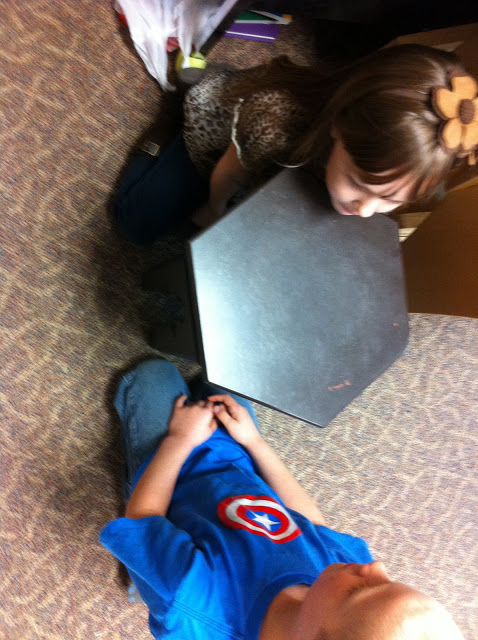
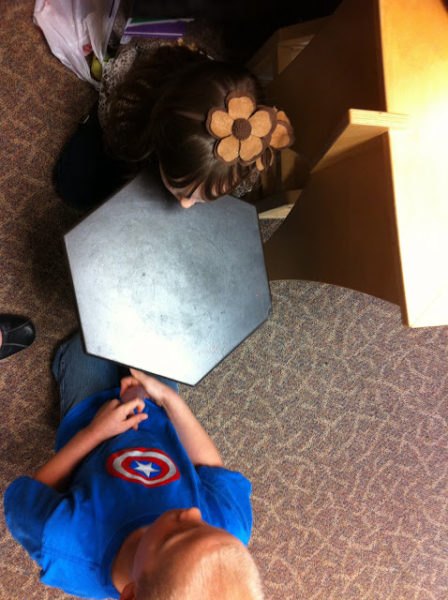
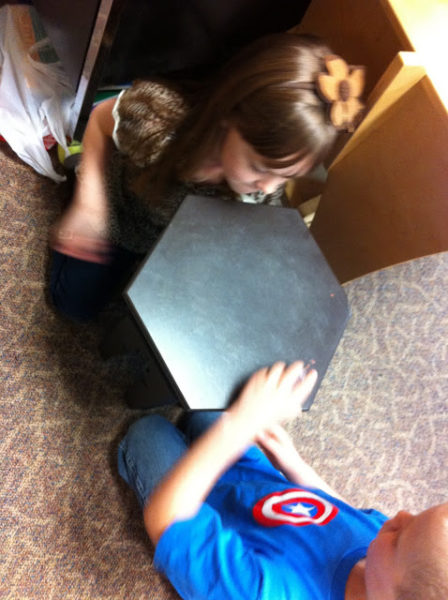
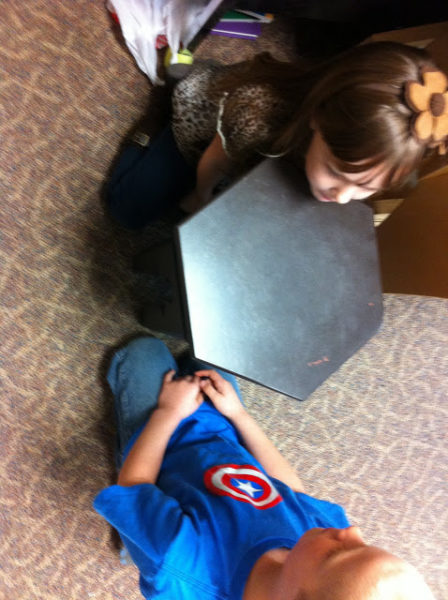
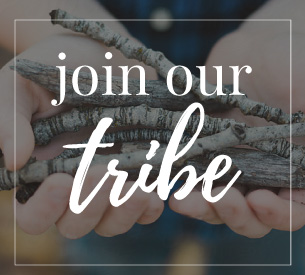
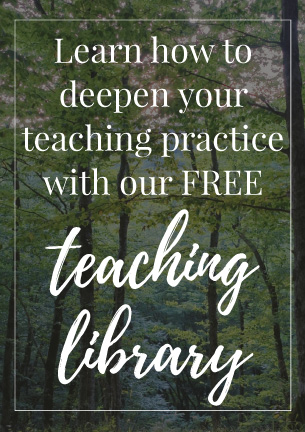
I love, love, love this! Thank you for sharing!!!
I just want to thank you for inspiring me again and become a better teacher I will definitely bring this to my classroom
This is the best conflict-resolution process I’ve come across so far! I will definitely try this in my kindergarten classroom. Thank you for sharing!
Love this. Thank you for sharing.
I felt really good after reading about peace rose and peace table am willing to get this in my school soon and am not aware of it will you help me to get it.
This is just beautiful. I am planning on my head where this can be (inside and outside) and how I can introduce it to my 2-5 year olds. Thank you Sally x
I also adopted the Peace Table from my Montessori training. I tried having a location for it, but now it’s a ‘state of mind.’ I love your heart shaped stone. Ours in a marble egg with a zebra carving, we’re zebras in K5. I also have to modify the process in that there are certain times that we can go (it has to be your time not the teacher’s time) or some kiddos would create conflict just feel entitled to pris over there 🙂 So, they can take up their snack, recess or center time with these issues. It helps weed out what is really important. We also have a Celebration of Life for each birthday.
I love the PEACE table and
Would like to hear more about how you do the Celebration of Life.
Hi Jenifer! You should check our post on Birthday traditions, it’s right up your alley! https://fairydustteaching.com/2017/09/going-beyond-cupcakes-reggio-inspired-birthday-traditions/
What a great idea!!!
Misty
Think, Wonder, & Teach
I LOVE that idea, Sally! Thanks for sharing it.
Barb
Grade ONEderful
I love this! I will have to try it with my 3 year old- we are having a lot of trouble with inappropriate responses when upset (spitting, yelling, etc.). It will probably help me stay calm too!
Sally,
I love this and use something in my classroom just like this called The Time Machine. It actually is steps on a mat that take the children step by step to solving the problem. They meet in the middle and conflict is resolved.
I use Conscious Discipline in my classroom which gives children the power to not only solve problems but develop empathy. We have a Kindness Recorder who adds flowers for kind acts that are noticed. We also have a Wish Well Circle. It is a picture of everyone in Our School Family. There is a heart in the middle. When a child is absent, the child’s picture is moved to the center of the circle and we sing a song wishing that child well. When they return, we welcome them back. Many aspects of a Conscious Discipline classroom fits right in with Montessori.
I am blessed to have found your blog and now follow you. I would love for you to come visit me and read more about Conscious Discipline…it truly is amazing. =)
Heather
Heather’s Heart
I love your response and am interested in learning more about this Conscious Discipline!!
It’s really quite remarkable how well children can work out their problems with each other with a few simple tools and encouragement!
We frequently use “I Feel” statements in our classroom. They are such a fantastic tool!!! I love the idea of the peace table and rose. Thanks for sharing!
http://www.youcanmakethesunshineanytime.blogspot.com
“I feel…” statements are so powerful for young children and I love the idea of having a physical object (flower or stone) that one child can present to another to initiate the conversation. It is like a peace offering which sets a lovely tone for the ensuing conversation. Thanks for sharing.
It would be Jackson needing the peace table 🙂 oh my boy.
We called it the Peace Path, but I like the Peace Table better! Thanks!
i apologize if this appears more than once – google was being tricky!
i really adore this idea and wonder how it would work at home with a 5.5 year old and 7 year old (both who are slightly on the spectrum for what it’s worth)? any thoughts? thank you for your wonderful ideas and sharing them – i adore your blog!
I have not used it in this way but I think it certainly worth trying. It gives a sacred space for working out conflicts and this is a good thing. It provides a special place to know that you will be heard.
One of my students went home and heard her parents arguing. She told her mother, “You and Daddy need to go to the Peace Table.”
I say – try it!!!
Thank you!! We are going to add this to our classroom. A wonderful idea and great for the children to learn and practise this skill!
I may even put one in my home!
Great Idea!
Hi Sally! Thank you for sharing, this I think it is a wonderful idea, and gives children a perfect time and place to express their feelings. But I wanted to ask you… Do you use it every time children are fighting or just in special situations or bigger problems?.. Fo example when they are fighting because they don’t want to share?
Regards
Noelia
LOVE it! Thank you for sharing, Sally.
This is absolutely beautiful. I love the way you implement it in your classroom, and I really enjoyed reading the modifications posted by other commenters. I’m hoping to see this implemented in my school, soon, and we’re going to use the Hebrew word “Shalom” because we’re a Jewish school. Thank you for sharing!
What a beautiful way to make this your own. Love!
This is a great idea.
We do, of course, have similar methods of conflict reduction for adults. My book, *Swim with the Dolphins, not with the Sharks* collects many ideas along these lines. One particular method is fround in *Straight Talk* by Sherod Miller. Another is Nonviolent Communication by Marshall Rosenberg. Alas, you will find that adept adults can subvert methods. Still, a useful study.
Thank you for the useful resources! So many good ideas!
I use this in my classroom. We call it as ‘Peace place’. Adding a heart shaped stone for the children to take turns is a great idea… Thank you for sharing.
Beautiful, I love it!
Thank you for sharing!!!!
fabulous idea Sally! I am excited to implemented into our program! We use a talking stick, which is used in the indiginous culture! When the child holds the talking stick it is their turn to talk and the other child or adults turn to listen. The talking stick (which is made by the children) is a stick wrapped in cloth and has feathers and beads attached by string! I think along with the peace table this will be a very beneficial tool for children to self-correct and help their peers:)
I think this is a great idea. My husband and I use it as adults. We take turns sharing what we feel and the other can’t say a thing until it is their turn. About two times through any issue and we have a resolution. I am amazed how important it is to listen without interruption. I am going to try this at my preschool. Thanks for sharing!
One of my students suggested her parents go to the peace table when they were arguing! LOL. We all need a peace table.
Thank you for sharing Sally
It’s a great idea!!! Thank you for sharing Sally.
It’s beautiful watching children express themselves and working through their problems!
Id like some more info on this in situations i see potentially coming up. I have a high level special ed class with basically language delays and some resultant behavioral issues. They also have difficulty with concepts and seeing the big picture. i can see several of my kids shutting down or even throwing the peace stone. How would you use the peace table in a situation like this?
Anne, I suggest that you try using the peace table without the peace stone and help direct the conversation. You may need to encourage one child to speak first, then allow the other to speak. Once they get the concept and realize that both will get a chance to speak their peace and that there will be a resolution that both can agree on, you can introduce the stone. Once they show they can use this, then they will become independent at the peace table–a truly magical experience as a teacher. It might take a bit longer and some guidance, but they will be successful!
This is really nice way and would definitely try it out. <<<<<<< So far we were just having meetings to solve problem and me as the expectator but the idea of having something to hold on to and for them to sort it out is just amazing! Thank you so much for sharing.
Thanks for sharing this awesome idea as children will get time to spend together to solve their problems between them!
I have tried this with children works really well.but woth adults, another story
Truth!One year one of my kindergarteners wanted her parents to use Peace Table! She said they did not do it right! ?